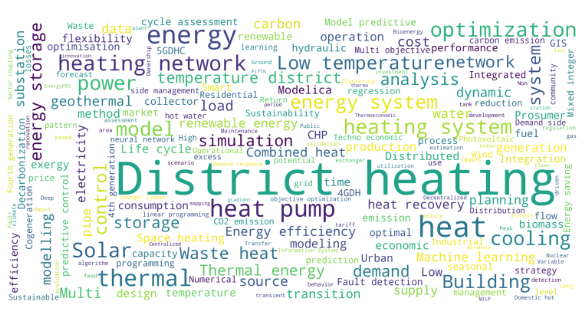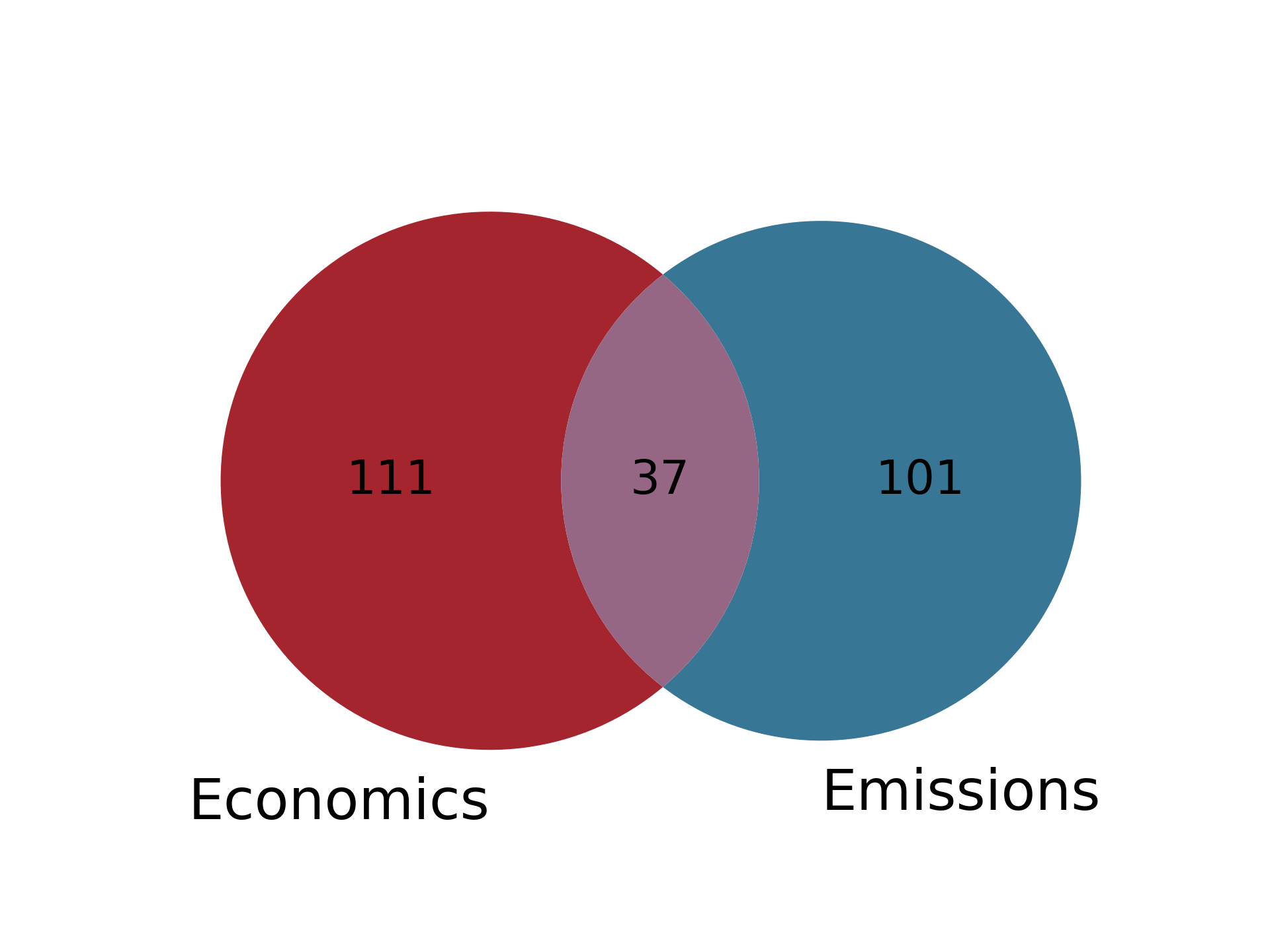District Heating Research Trends 2022
like last year, we chose our April newsletter to bring you a special issue with our District Heating Research Trends: an analysis of all scientific district heating research papers published last year. For our 2022 edition, we reviewed all the papers, theses, and reports published in 2021 we could find in order to get an idea about the most discussed topics and the current trends in the field. Compared to last year, we saw a slight increase (+8 %) in the number of documents we found - in total 396 papers compared to last year's 366. And similar to last year, we want to start with a little overview of our methodology before we dive into the results.
Methodology: Reviewing all District Heating Papers Published in 2021
Compared to last year, we made certain adjustments to our methodology. Again, the starting point for our analysis was a search for the search term "district heating" on Google Scholar with results limited to documents published in 2021. This search returned a raw data set of 562 results (up 18 % compared to last year). After we had removed all duplicates, irrelevant results, and non-english language documents we were left with 396 documents.
The main improvement compared to last year is that we were able to more systematically process the papers' abstracts and also better classify the papers' keywords into categories to support our analysis (of the 396 documents, keywords were available for 333 of them). On the one hand, this change in our methodology makes the comparisons to last year's results a little less conclusive. But we think that we are now better positioned for future editions of this analysis. And as a nice side effect, we can add some automated analysis tools to our workflow to enhance our result analysis.
This includes automatically parsing all abstract texts and keywords to get a first overview of the entire body of research on district heating from last year in the form of a word cloud. Here's the result based on all papers' abstracts (87.140 words in total):

For comparison, we also ran the same analysis for all the 1136 unique keywords used to classify the papers:

Even Stronger Emphasis on Emissions and Renewables

In one aspect of last year's analysis, we looked at which key metrics were used to evaluate the results of the research papers published. From this, we learned that 35 % of all papers referred to economic key metrics like productions costs, while 16 % of all papers used greenhouse gas emissions as a key metric. In comparison, we saw in this year's analysis that 28 % of all abstracts made references to economic aspects, and emissions were mentioned in the abstracts of 25 % of all papers. And while it's not strictly the same method and the comparison thus needs to be taken with a grain of salt, we think this may at least hint at a continuing interest and even stronger emphasis on considering emissions in district heating research.

Going in a similar direction, we saw that renewable heat sources continued to be one of the most discussed topics in 2021 (the 123 papers published in 2021 almost exactly matching the 124 papers we found for 2020). In addition, 2021 confirmed the continued interest in control and flexibility topics as well as in paper published related to the topic of energy storage. Interestingly, we found that also the number of papers about machine learning and AI applications related to district heating were close to last year's (up to 24 from the previous 21 papers). While this shows a very slight increase, it looks like the overall trend towards machine learning and AI has not yet taken up speed when it comes to research on district heating.

As we saw that again renewable heat sources where a much discussed topic, for this year's analysis we wanted to dive a little deeper and compared the number of papers mentioning different types of renewables. As a result, we saw that heat pumps were mentioned in 10.3 % of all papers (41 in total). Waste heat and solar energy came in second and third with 8 % and 7.5 % of all papers, respectively, while less papers mentioned geothermal heat sources and biomass.
Further Insights

Another aspect we were able to analyze was which countries were mentioned most often in the papers' abstracts. In many cases, these mentions resulted from a specific case study being analyzed in the paper. Our results show that Sweden was the most-mentioned country, followed by Denmark and Germany. Furthermore, Finland and Italy completed the top 5 of this analysis.
In addition, we tried to at least briefly touch on another thought from last year's analysis. In 2021, we saw that 16 % of all district heating papers were focused mainly on the building-level, investigating e.g. substations and the building's interaction with the district heating network. While we did not repeat the same analysis this year, we were able to see that 28 % of all papers from 2021 did explicitly mention buildings in their abstract.
And with a final look towards terminology, we saw that in 2021, 28 papers made reference to "low-temperature" and "ultra-low-temperature" networks (compared to 23 papers in 2020) while 18 papers made use of the term "4th generation of district heating" (2020: 20) and 12 papers referred to "5th generation of district heating (2020: 7).
Outlook
Again, analyzing the literature published last year was an interesting process for us and we will continue to present great papers we found during the process in our coming newsletter issues. And like last year, we invite you to contact us if you are interested in further analysis of the topics and methods which are of most interest to you. Just as this years' analysis has in part been shaped by your feedback, we look forward to feedback on this analysis and will aim to bring you a similar analysis early in 2023.
The next issue of our newsletter will be published June 4.



